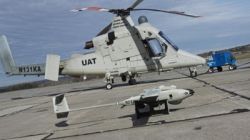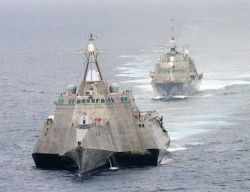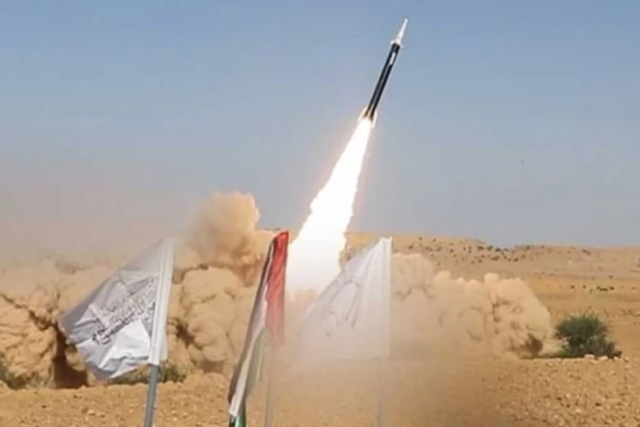Lockheed Martin, Electro Optic Systems Set Up New Space Debris Tracking Facility In Australia

Lockheed Martin and Electro Optic Systems (EOS) have set up a space object tracking facility in Australia to detect possible debris in orbit, ranging from spent rocket parts to pieces of defunct satellites.
The new space object tracking site will give satellite operators a clearer picture of the debris that could damage their networks and how they can avoid potential collisions, the company said in a statement Wednesday.
These objects pose a major threat to satellites in orbit that power everything from smartphones and weather prediction to national security and global financial markets.
"The expansion of space debris tracking by EOS and Lockheed Martin is expected to make a significant contribution to the preservation of the space environment, by providing data which will enable cost-effective debris manoeuvre for satellites," said Mark Valerio, Lockheed Martin vice president and general manager of Military Space. "The accuracy of our optical sensor network, combined with an ability to reschedule tracking operations according to commercial priorities, will provide a trusted source of critical space data to commercial and government operators."
The Optical Space Services (OSS) network was formed in August 2014. Electro optical systems like OSS serve as a complement to radar-based systems like the US Air Force's Space Fence, which will sweep the sky tracking 200,000 objects.
"The strategic collaboration with Lockheed Martin has allowed a critical mass of sensors, data and services to be assembled, enabling OSS to deliver the suite of asset protection services requested by customers," said Dr. Ben Greene, EOS Chief Executive Officer. "This new tracking capacity will provide unique data which is exclusively available to EOS and Lockheed Martin, enabling each organisation to offer both data and services to meet global market needs. Based on current contracts and active negotiations, EOS expects to commence the delivery of data and services by late 2016."
Sensors, lasers and optic systems will be fused together by software enabling OSS to hone-in on, characterise and track human-made objects orbiting the depths of space. That data will then be quickly and accurately delivered to customers allowing them to manoeuvre satellites and prevent collisions. The system can also predict the paths of debris, giving operators advance warning of potential collisions.











